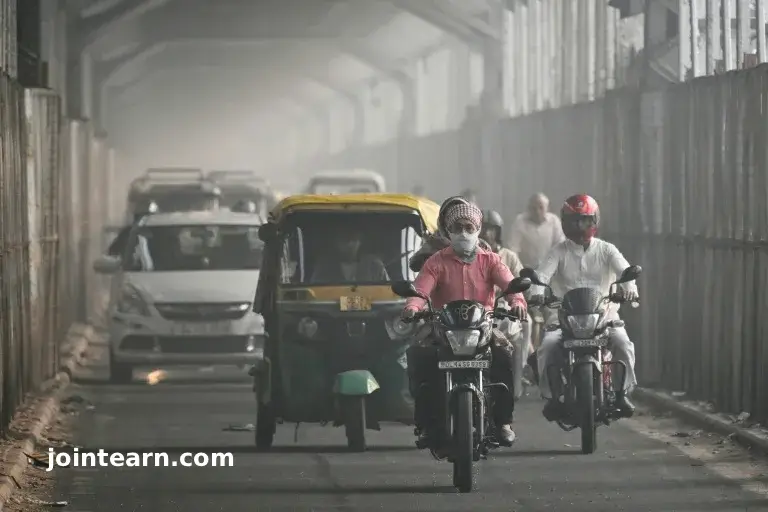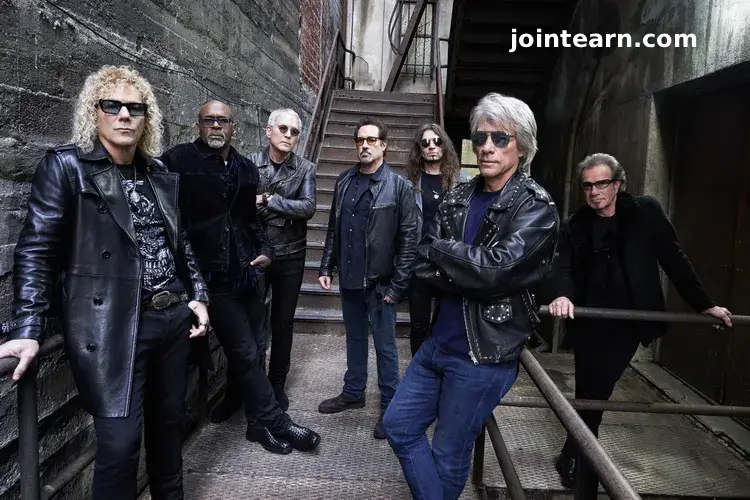
New Delhi, India — The Indian capital woke up to a toxic air emergency on Tuesday morning as fireworks set off during the Hindu festival of Diwali dramatically worsened air quality across the city. Early Tuesday, levels of harmful PM2.5 microparticles spiked to 846 micrograms per cubic metre, over 56 times the World Health Organization’s (WHO) recommended daily maximum.
This surge follows a Supreme Court decision earlier this month to relax the ban on fireworks, allowing “green firecrackers” that emit fewer pollutants. Despite these measures, Delhi residents were exposed to hazardous air, raising concerns about the effectiveness of supposedly less-polluting fireworks.
Immediate Impact on Air Quality
The spike occurred just after the peak of Diwali celebrations, when homes, streets, and public spaces were illuminated by thousands of fireworks. By mid-morning, PM2.5 concentrations had eased to around 320 micrograms per cubic metre, still 23 times above WHO safe limits, but more typical of Delhi’s notoriously polluted winters.
Environmental monitoring organization IQAir confirmed the alarming readings, highlighting the dangerous levels of cancer-causing fine particulate matter.
Health Risks and Vulnerable Populations
Experts warn that such extreme pollution poses severe health risks, particularly for children, the elderly, and people with preexisting respiratory conditions. The UN children’s agency has emphasized that exposure to high levels of PM2.5 increases the risk of acute respiratory infections among children.
Long-term exposure to air pollution is a critical public health issue in India. A study published in The Lancet Planetary Health estimated that between 2009 and 2019, approximately 3.8 million deaths in India were linked to air pollution, making it one of the leading environmental health hazards in the country.
Government and Regulatory Measures
Although the Supreme Court attempted to curb pollution by allowing only “green firecrackers”, past compliance has been poor. Environmental groups have questioned whether these alternatives genuinely reduce particulate emissions. The festival’s traditional fireworks, often set off in densely populated areas, remain a significant contributor to Delhi’s wintertime smog.
Authorities continue to urge residents to minimize exposure by staying indoors, using air purifiers, and wearing protective masks, especially in the first 48 hours after Diwali when particulate concentrations are highest.
Broader Context: Delhi’s Pollution Crisis
New Delhi consistently ranks among the most polluted capitals in the world, with wintertime smog frequently reaching hazardous levels due to a combination of industrial emissions, vehicular traffic, and crop-burning in nearby states. Despite government efforts to implement stricter environmental regulations, Diwali celebrations remain a recurring trigger for air quality emergencies.
The Diwali smog crisis highlights the tension between cultural traditions and public health, prompting calls from environmental activists for more effective measures to protect citizens from toxic air.

Leave a Reply